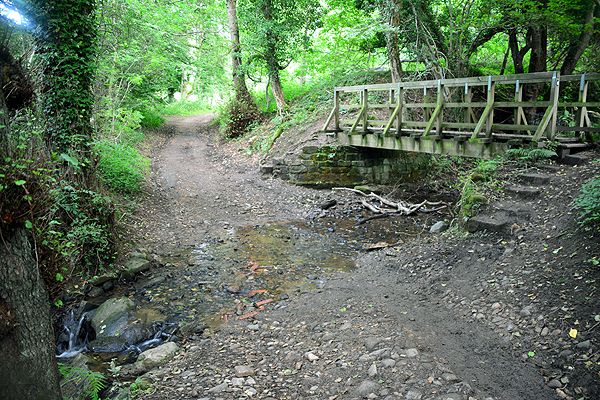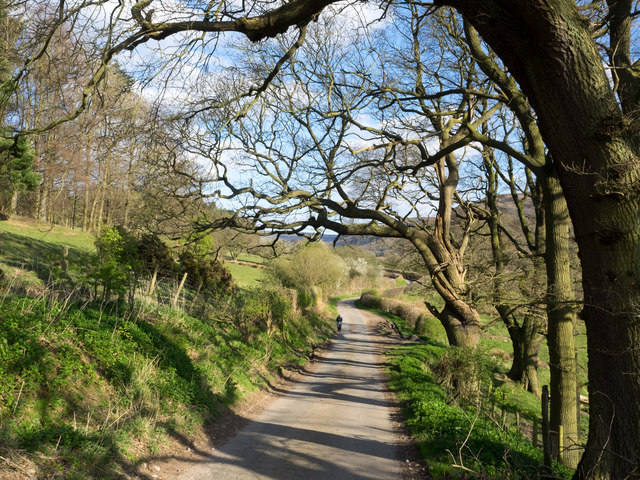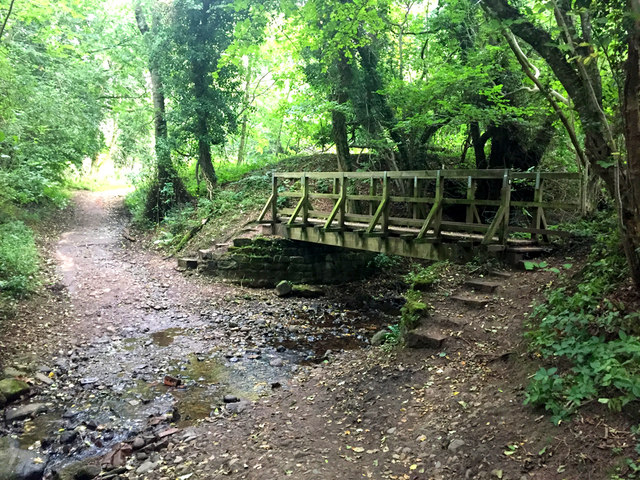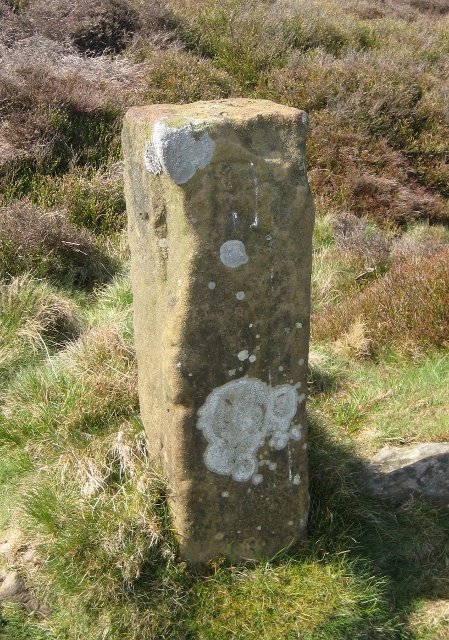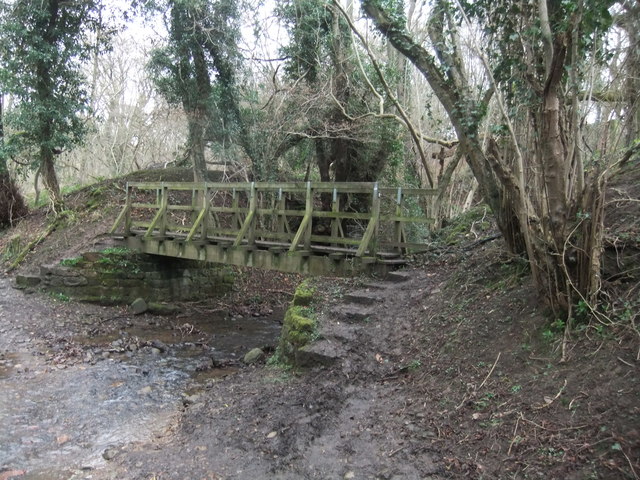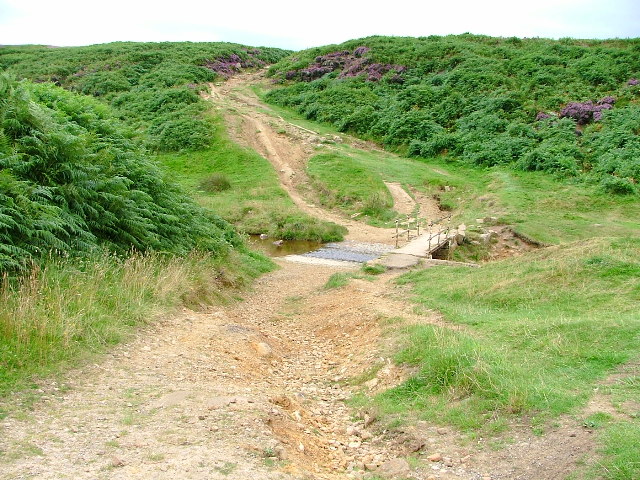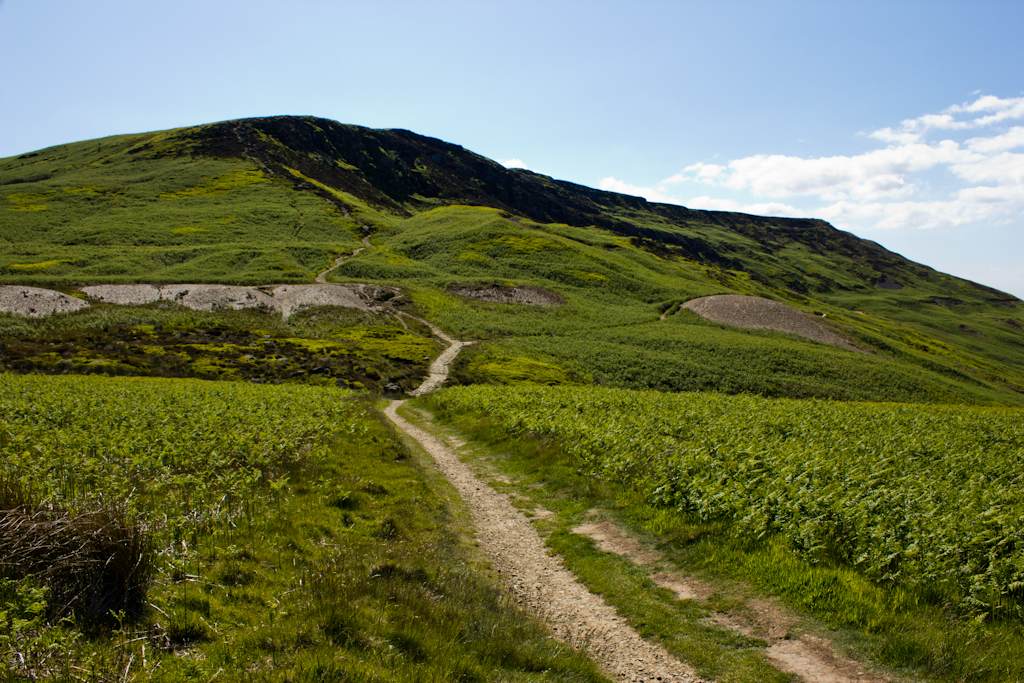Scugdale
Valley in Yorkshire Hambleton
England
Scugdale
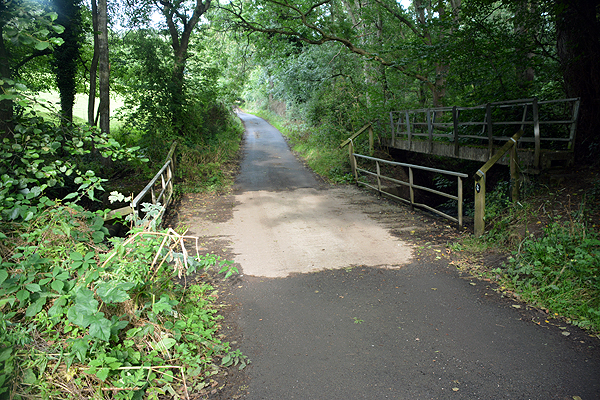
Scugdale is a beautiful valley located in the North York Moors National Park, in the county of Yorkshire, England. It is a picturesque and tranquil area that attracts visitors with its stunning natural scenery and opportunities for outdoor activities.
Nestled between the small villages of Swainby and Carlton-in-Cleveland, Scugdale is known for its rolling hills, dense woodlands, and meandering streams. The valley is dominated by heather-covered moorland, providing a rich habitat for a variety of wildlife, including birds, deer, and rare plant species.
The valley is a popular destination for nature enthusiasts, hikers, and climbers. Scugdale offers several walking trails that cater to different levels of difficulty, allowing visitors to explore the surrounding countryside. The valley is also well-known for its rock climbing routes, attracting climbers from all around the country. The craggy limestone cliffs offer a range of challenging climbs for both beginners and experienced climbers.
Aside from its natural beauty, Scugdale is also home to historical landmarks. The ruins of Whorlton Castle, a medieval fortress, can be found on a hillside overlooking the valley. The castle, built in the 12th century, provides a glimpse into the region's rich history.
Scugdale is a haven for those seeking peace and tranquility in the midst of nature. Its unspoiled landscapes, diverse wildlife, and outdoor recreational opportunities make it a must-visit destination for anyone exploring the Yorkshire region.
If you have any feedback on the listing, please let us know in the comments section below.
Scugdale Images
Images are sourced within 2km of 54.391936/-1.2204001 or Grid Reference SE5099. Thanks to Geograph Open Source API. All images are credited.
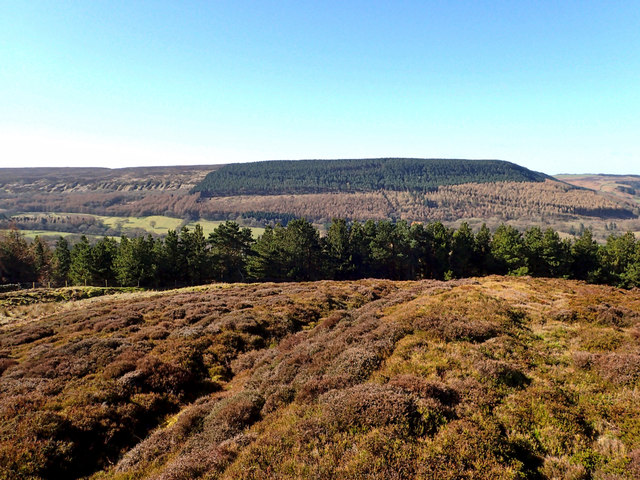
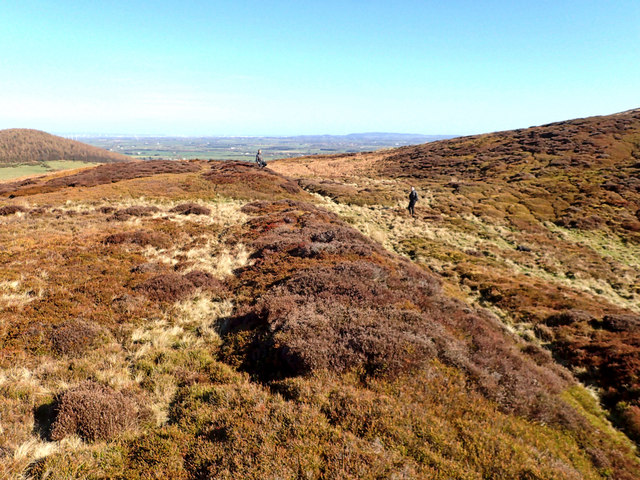
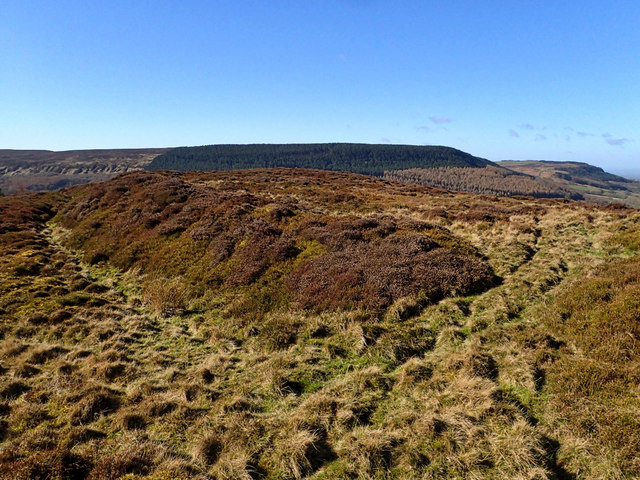
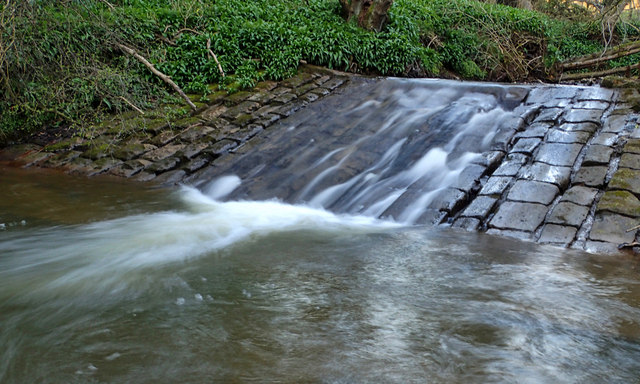
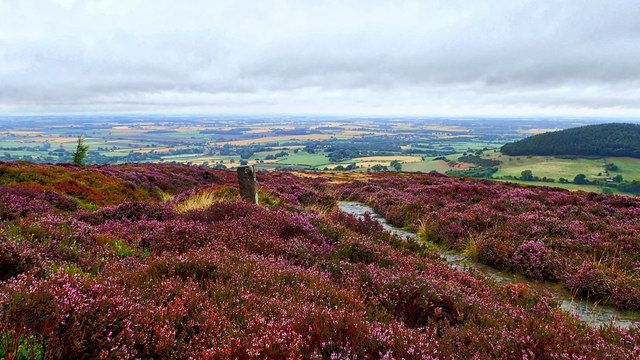

Scugdale is located at Grid Ref: SE5099 (Lat: 54.391936, Lng: -1.2204001)
Division: North Riding
Administrative County: North Yorkshire
District: Hambleton
Police Authority: North Yorkshire
What 3 Words
///drivers.merely.variation. Near Bilsdale, North Yorkshire
Related Wikis
Cleveland Hills
The Cleveland Hills are a range of hills on the north-west edge of the North York Moors in North Yorkshire, England, overlooking Cleveland and Teesside...
Whorlton, North Yorkshire
Whorlton is a hamlet and civil parish in the Hambleton District of North Yorkshire, England. It is very near Swainby and the A19, and 6 miles south west...
Faceby
Faceby is a small village and civil parish in North Yorkshire, England. It is at the north-west corner of the North York Moors and near Stokesley. ��2...
Whorlton Castle
Whorlton Castle is a ruined medieval castle situated near the abandoned village of Whorlton (at grid reference NZ4802) in North Yorkshire, England. It...
Swainby
Swainby is a village in the Hambleton District of North Yorkshire, England. It is situated on the A172 road, 8 miles (13 km) north-east from Northallerton...
Sheepwash, North Yorkshire
Sheepwash is a popular tourist spot in the North York Moors, North Yorkshire, England. It is located on Cod Beck which flows into Cod Beck Reservoir near...
Cringle Moor
Cringle Moor (also known as Cranimoor), at 432 m (1,417 ft), is the third highest hill in the North York Moors, England, and the highest point west of...
Busby Hall
Busby Hall is a Grade II* listed Country House in Little Busby, North Yorkshire, England, close to the village of Carlton-in-Cleveland. The house and parkland...
Nearby Amenities
Located within 500m of 54.391936,-1.2204001Have you been to Scugdale?
Leave your review of Scugdale below (or comments, questions and feedback).
